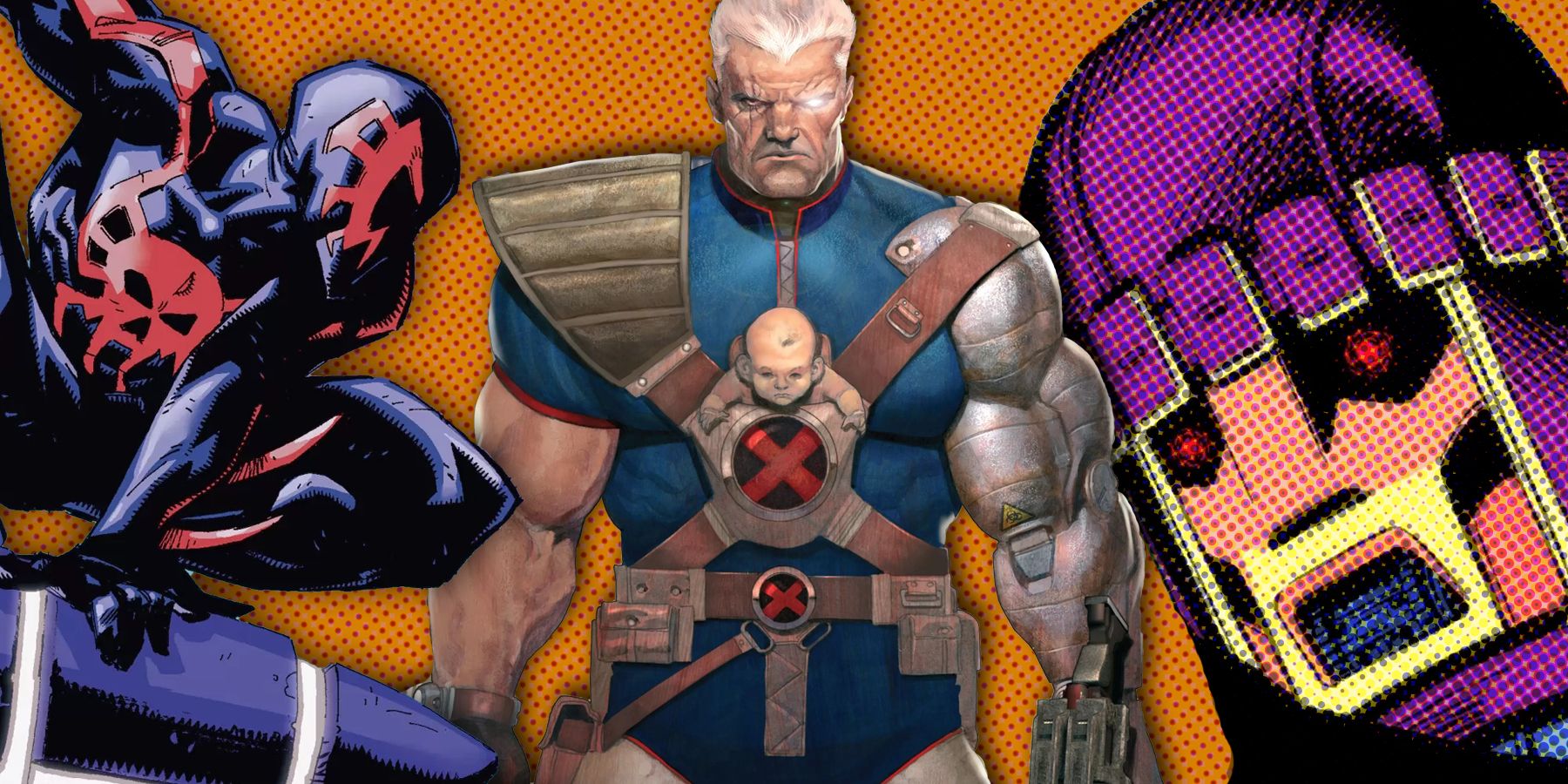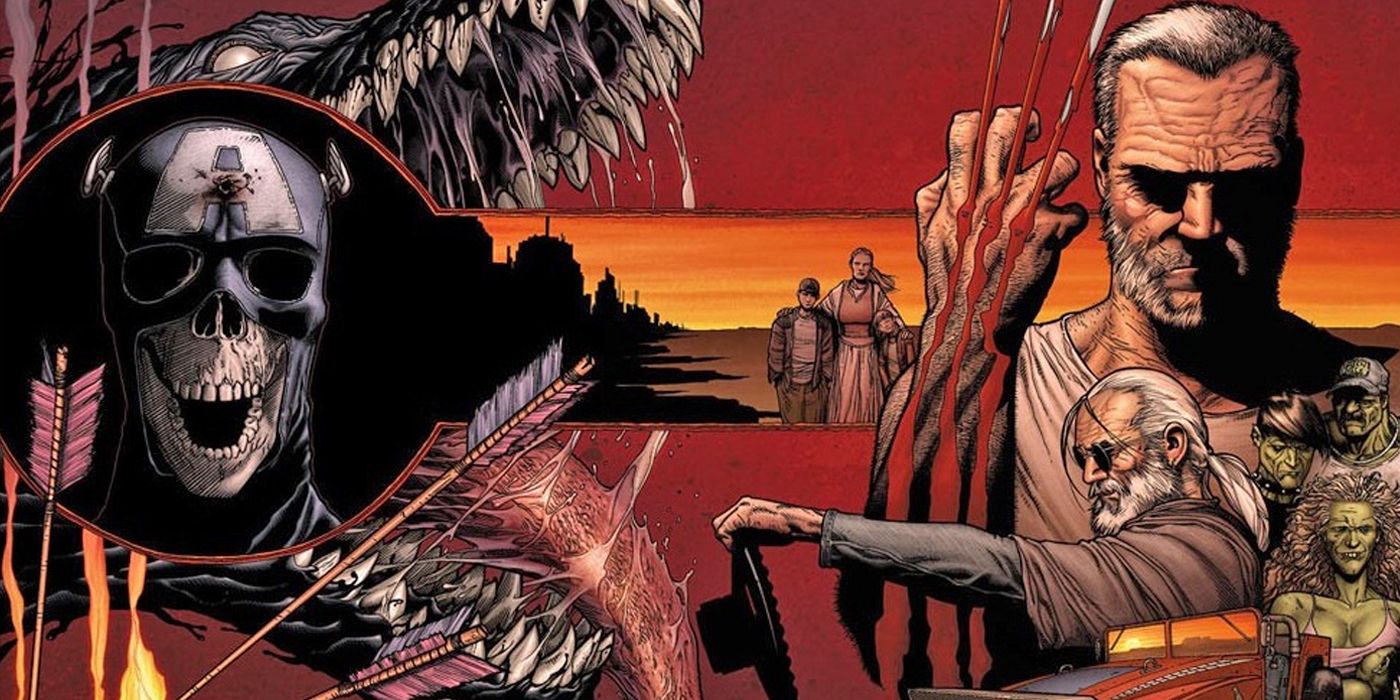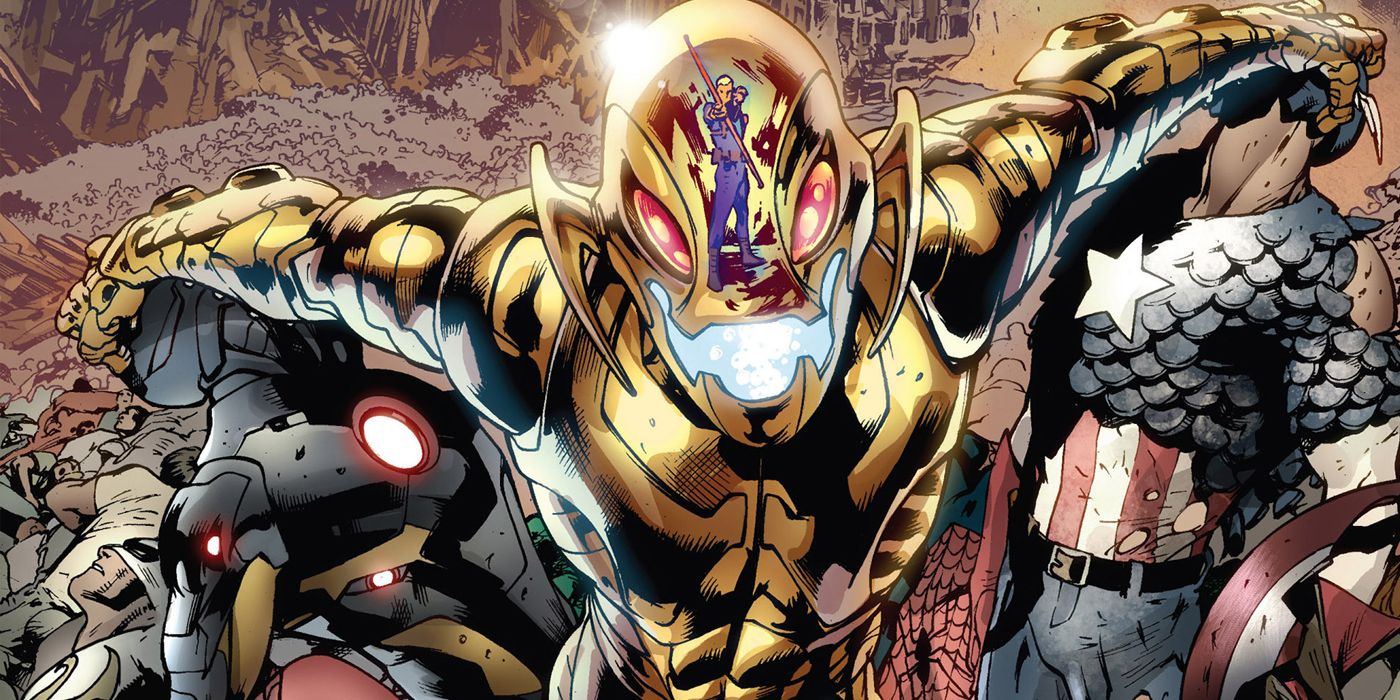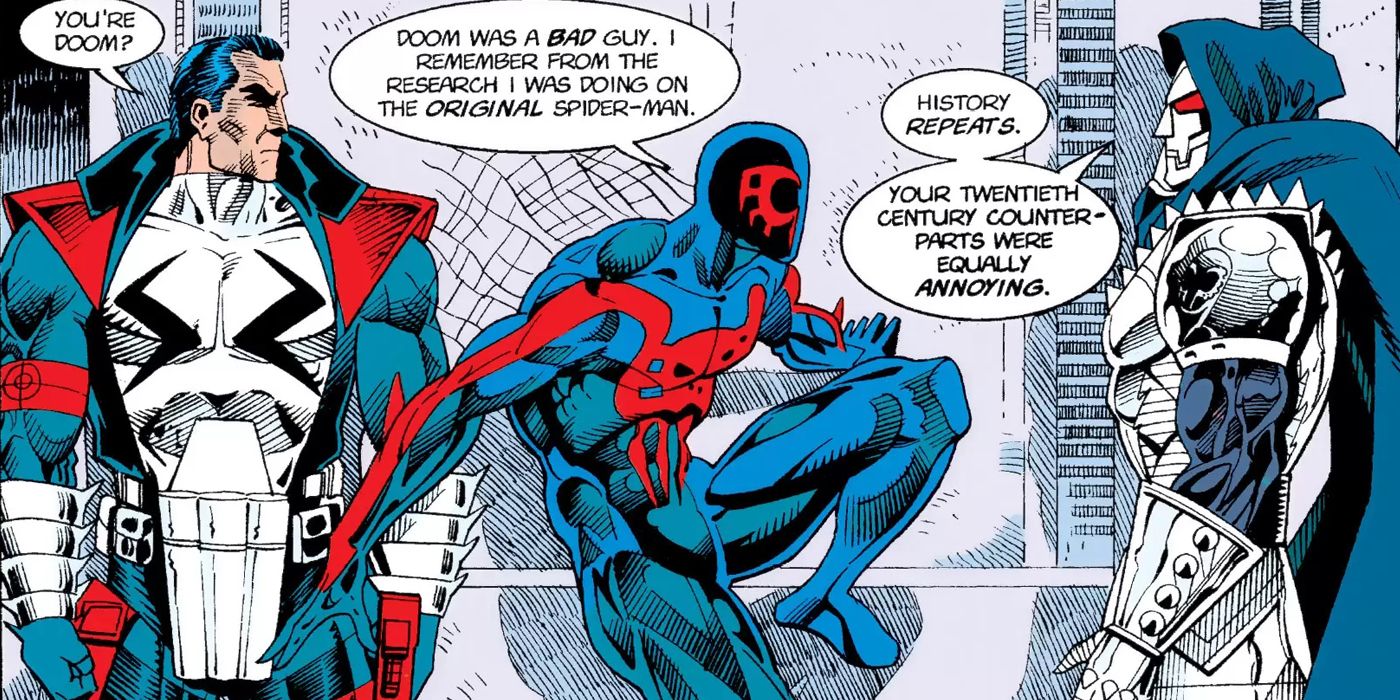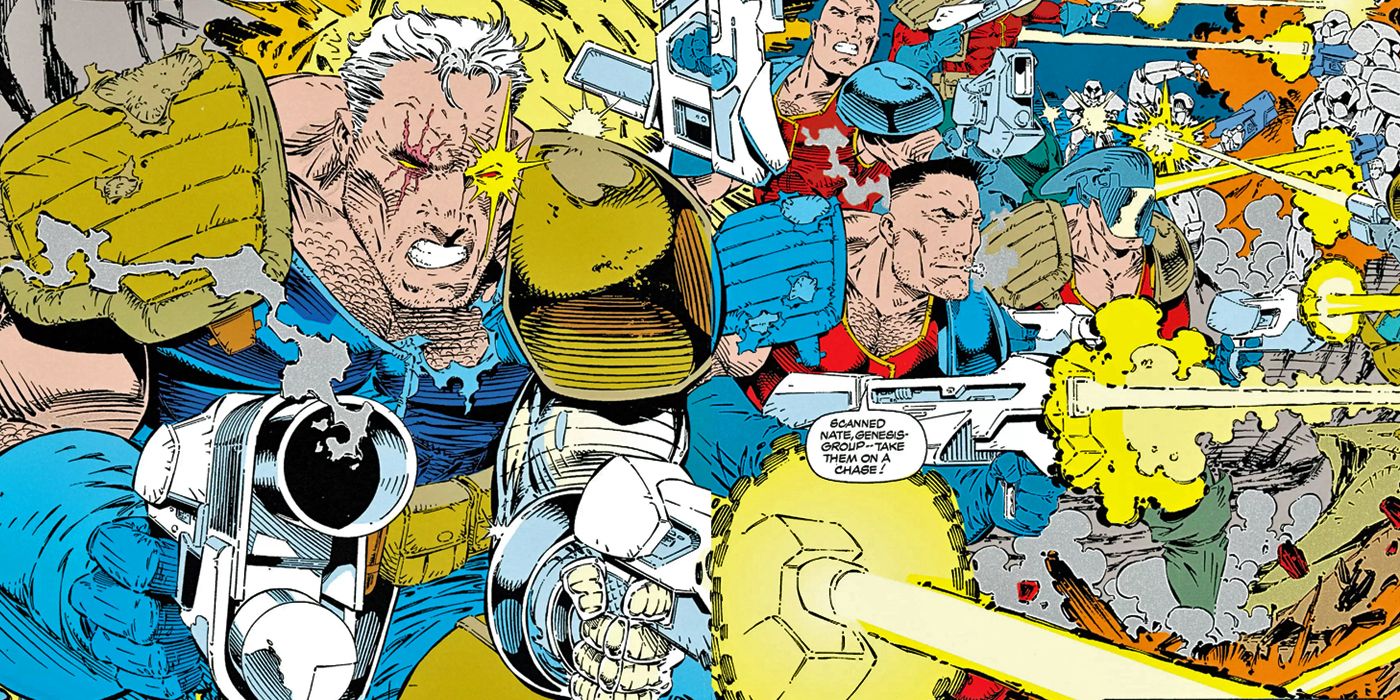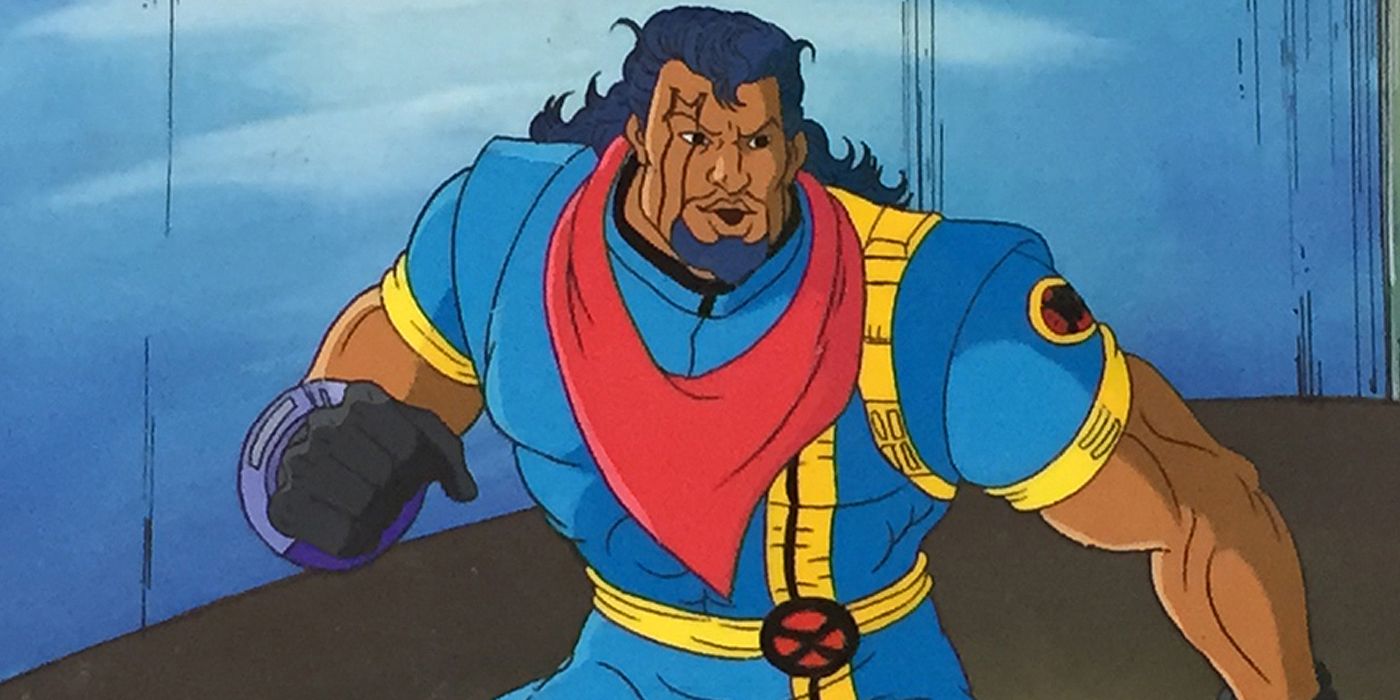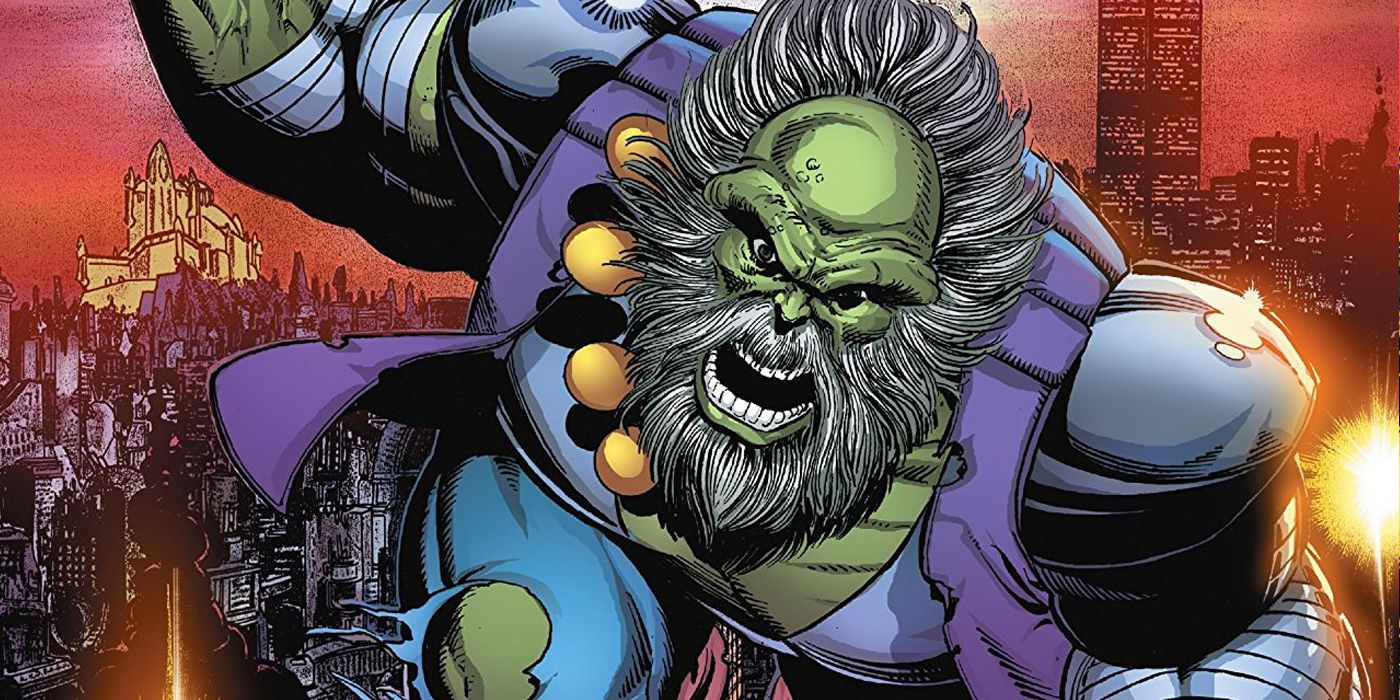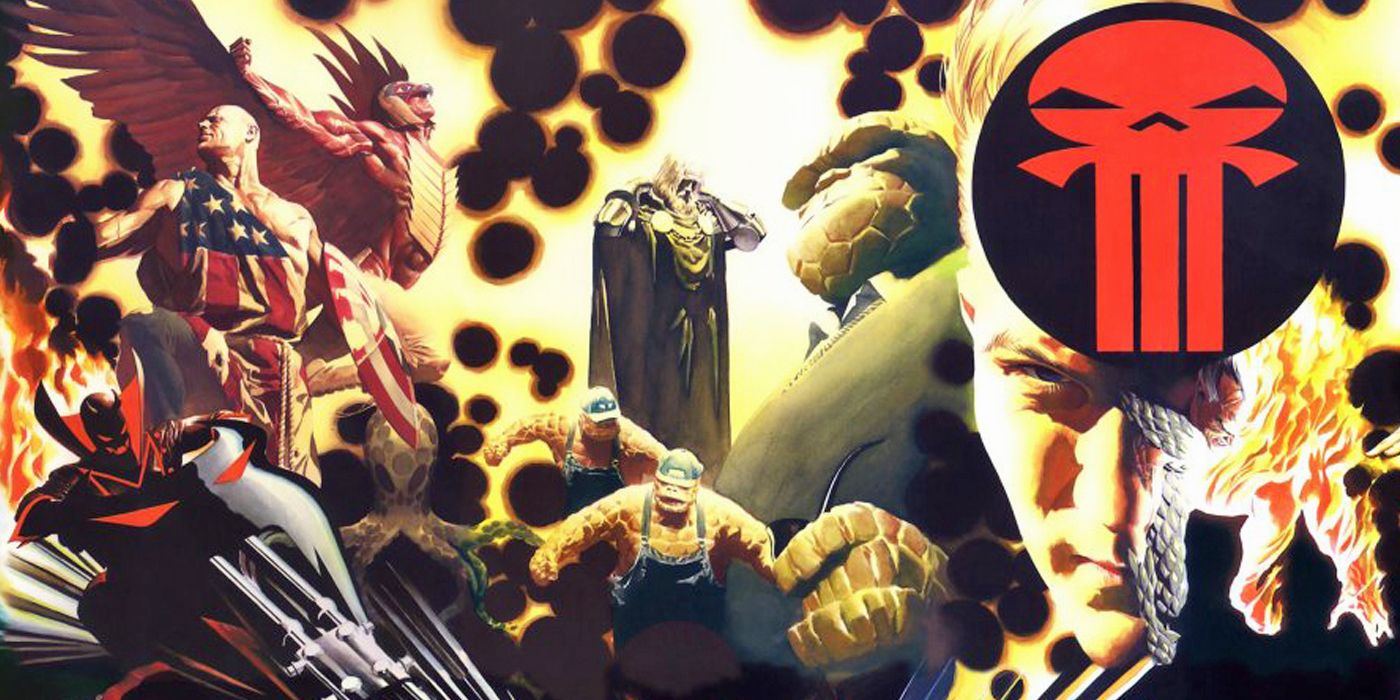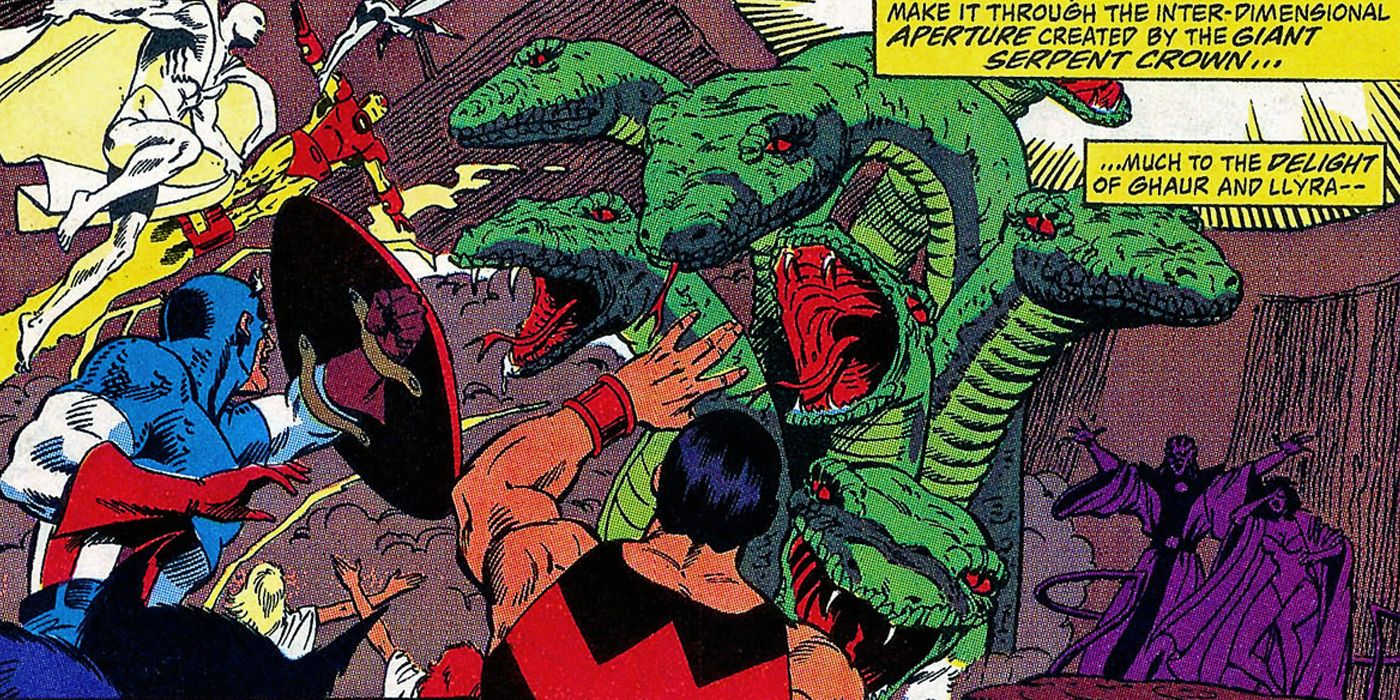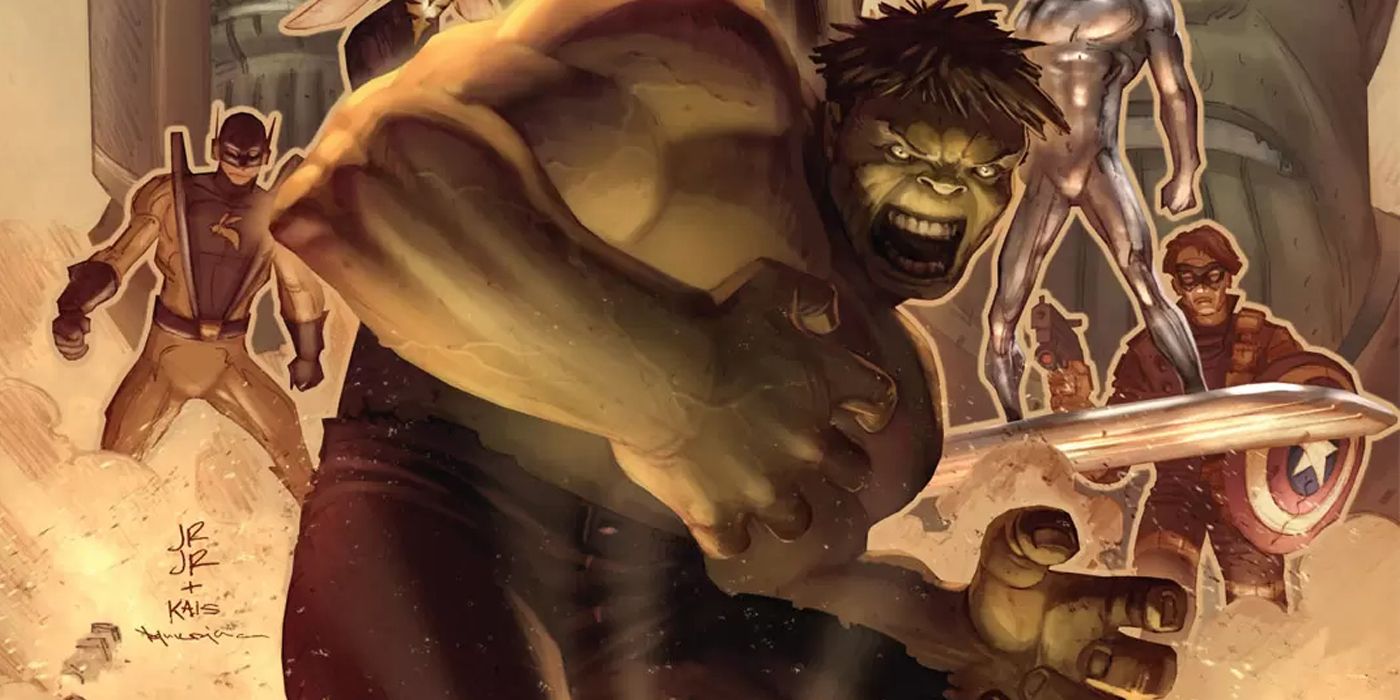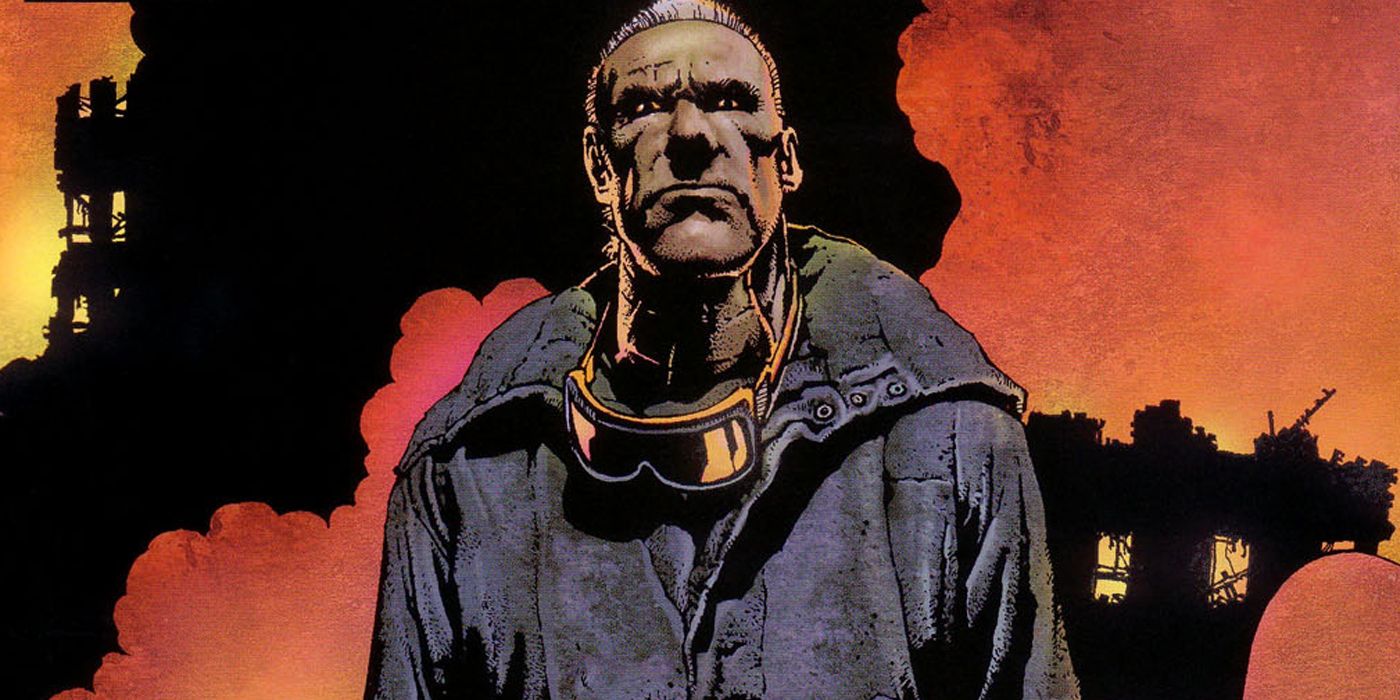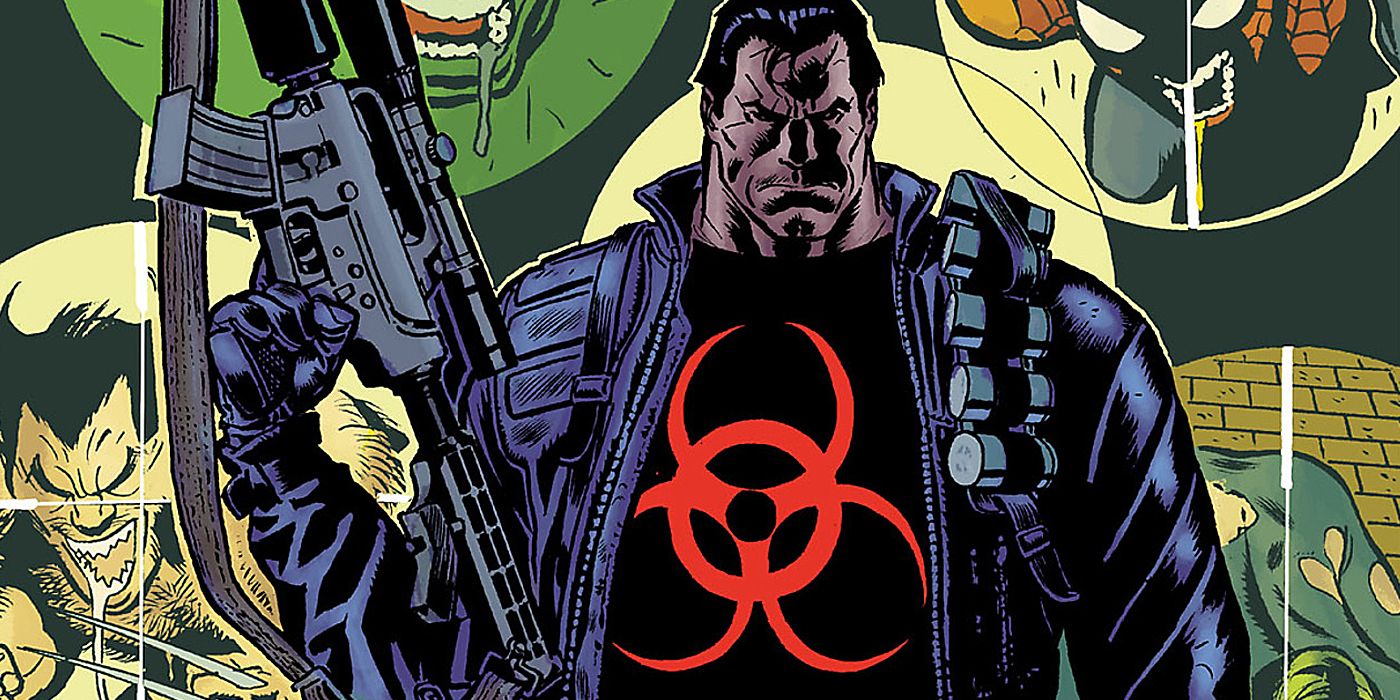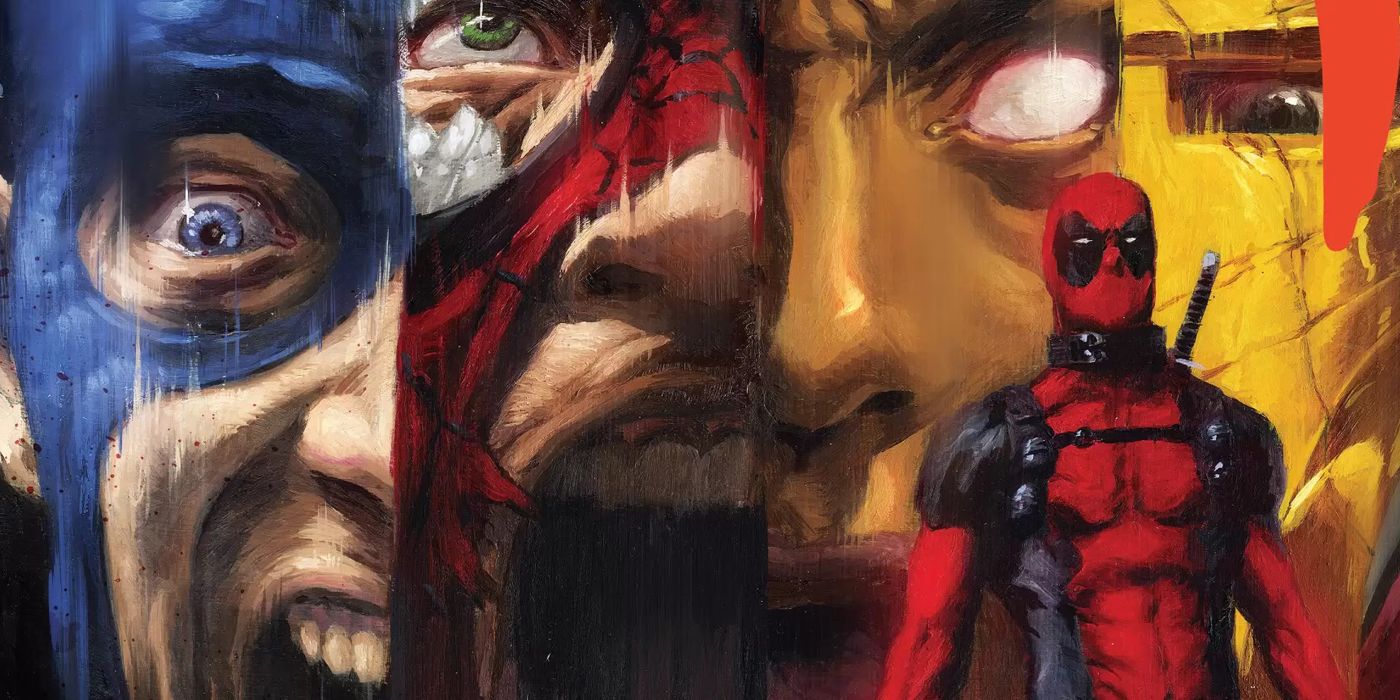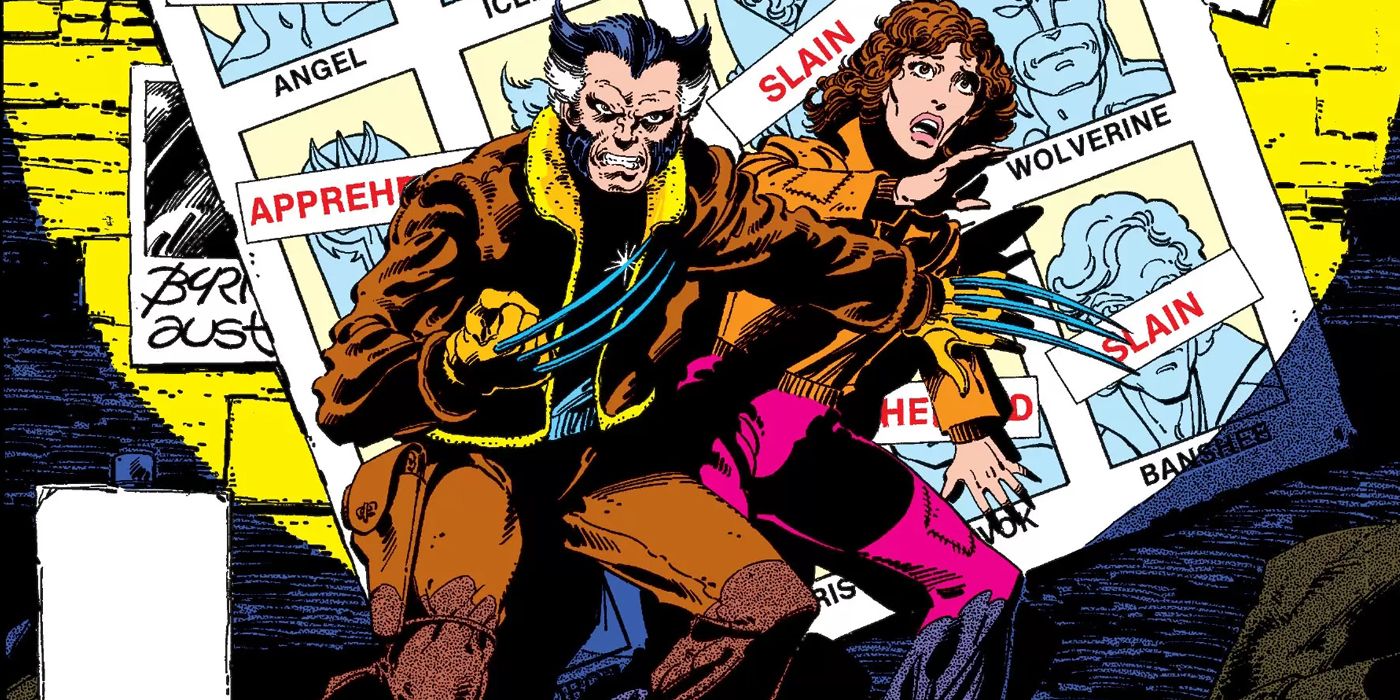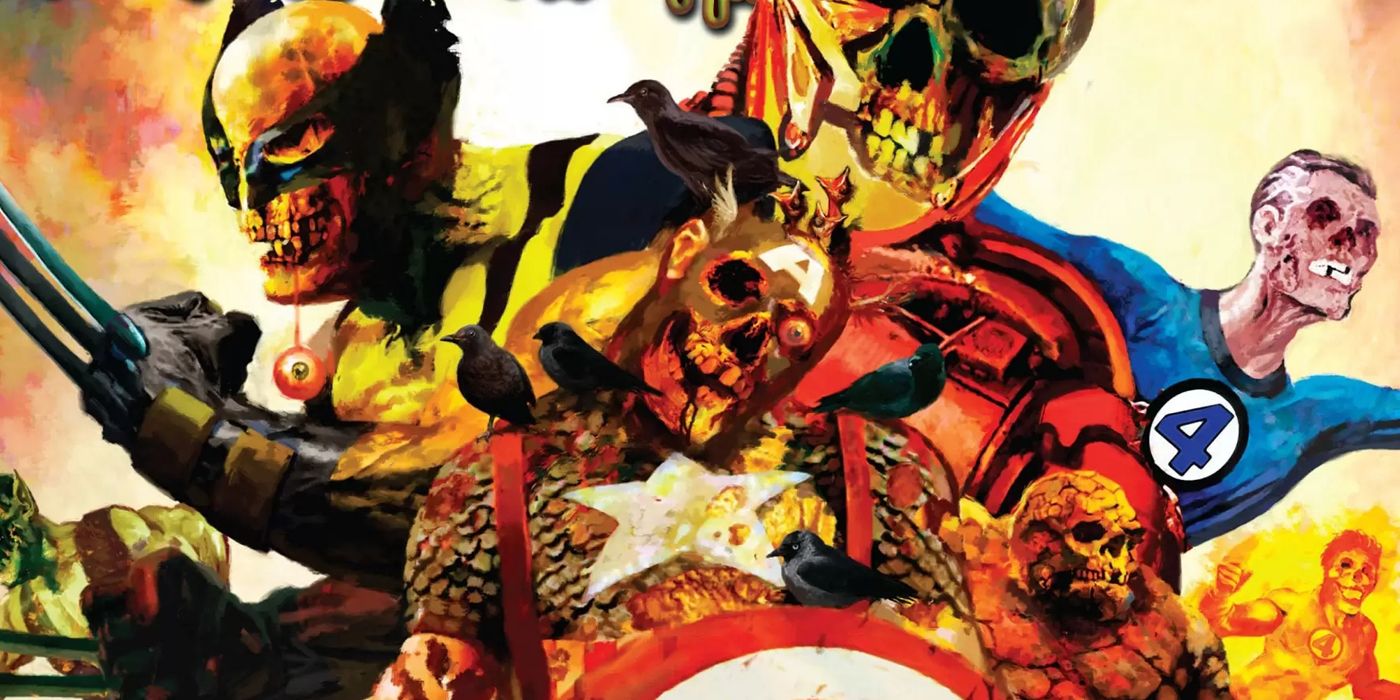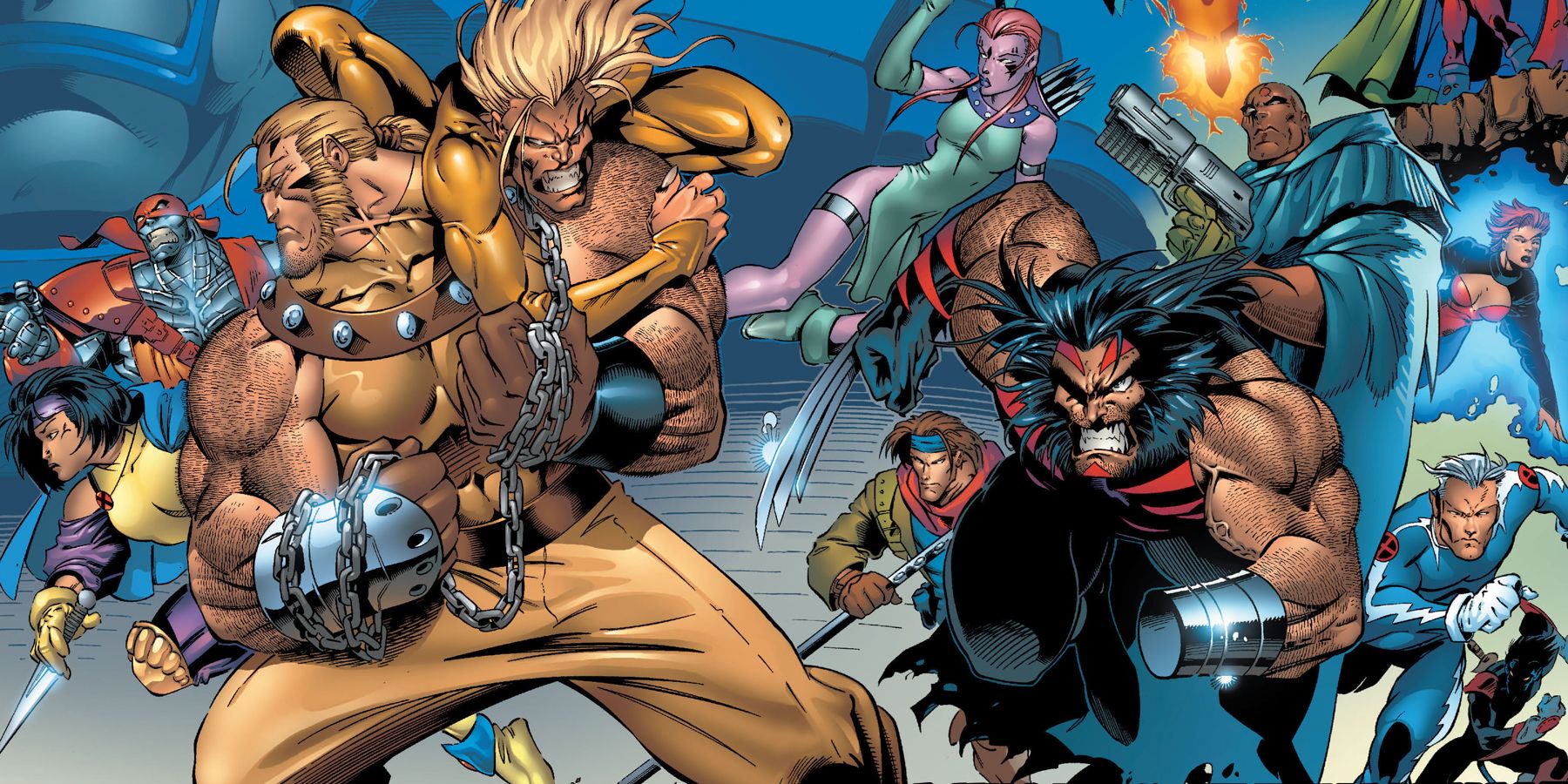While it might be exciting, the Marvel Universe wouldn't be the best place to live in. From Skrull invasions to superhero civil wars and the currently ongoing Hydra occupation of Secret Empire, every corner of the Marvel Universe is fraught with danger and calamity. If that wasn't not bad enough, Marvel's possible futures and alternate timelines are even worse. With a few major exceptions, most of Marvel's major parallel worlds are grim, death-filled spectacles, especially for the X-Men and the rest of Marvel's mutants. Even when a few heroes survive in these dystopias, the rest of Earth's population is usually doomed.
RELATED: All In The Family: 15 Long-Lost Relatives Who SHOCKED Comics
Although alternate worlds are a staple of superhero fiction, they're especially prevalent at Marvel. With their rich history, stories about Marvel's bloodiest timelines have inspired movies like Logan and are regularly counted among the most acclaimed Marvel Comics of all time. Now, CBR takes a look back (or is that forward) at some of Marvel's darkest possible futures and alternate realities. For this list, we'll be looking at the bleakest takes on the Marvel Universe from both comics and TV. Since series like What If and Exiles introduced dozens of parallel worlds, this hardly comprehensive list will be focusing more on some of Marvel's major alternate realities.
15 OLD MAN LOGAN
While Logan looked at Wolverine's dark cinematic future earlier this year, the story that partially inspired it, "Old Man Logan," was first published in 2008. Starting with Wolverine #66, Mark Millar and Steve McNiven's modern classic created a world where a coordinated effort from Marvel's villains killed most of Marvel's heroes and resulted in the conquest of the United States.
After being tricked into slaughtering the X-Men by the Spider-Man villain Mysterio, an older Logan tried to live out his days in relative peace. After being talked into a perilous cross-country drive by a blind Hawkeye, this Logan found himself face to face with the Red Skull and the Hulk's inbred descendants. After the 2015 alternate reality-spanning crossover Secret Wars, Old Man Logan traveled to the main Marvel Universe, where he has dedicated himself to stopping his future from coming to pass.
14 AVENGERS: AGE OF ULTRON
Before it lent its name to the second Avengers movie in 2015, Age of Ultron was one of Marvel's main crossovers in 2013. With work from Brian Michael Bendis, Bryan Hitch, Brandon Peterson, Carlos Pacheco and others, the crossover focused on the Avengers' robotic nemesis Ultron, who successfully conquered Earth with a worldwide surprise attack in the near future.
Ultron's Sentinels reduced cities to rubble in moments and killed countless civilians and superheroes during their quick, brutal campaign. Eventually, it was revealed that a future version of Ultron had launched this attack from his home timeline, where he ruled over a lifeless, golden technological world. While the time-traveling shenanigans of Wolverine and the Invisible Woman ultimately kept this timeline from coming to pass, the ripple effects of this story had ramifications across the Marvel Multiverse.
13 MARVEL 2099
In 1992, Marvel created one of its most comprehensive possible futures with the fan-favorite Marvel 2099 imprint. Set 100 years after the present day "Age of Heroes" mysteriously ended, the line featured futuristic updates on characters like Spider-Man, Punisher and the X-Men. The line also featured some more unusual characters like Ravage, one of Stan Lee's later creations, and a time-traveling, modern Doctor Doom, who briefly became President of the United States.
Marvel 2099's cyberpunk-influenced corporate-dystopia thrived until 1996. In the line's final days, an invasion of Phalanx aliens melted the polar ice caps and killed most of the Earth's population. As the survivors huddled around locations like the Savage Land and Doom's home Latveria, Doom gave his life to defeat the techno-organic aliens. Spider-Man 2099 eventually led humanity into a new golden age over the next millennium, and versions of that character have appeared regularly since the imprint ended.
12 X-MEN: THE ASKANI'S WORLD
Although Cable, Nathan Summers, was born in the modern era, Cyclops and Jean Grey sent him to live in the far future after he was infected with the Techno-Organic Virus as an infant. Under the care of Mother Askani, a time-tossed version of his half-sister Rachel Summers, Cable grew up in a world that Apocalypse had ruthlessly controlled for over a century.
Created by Jim Lee, Whilce Portacio and Chris Claremont in 1991's X-Factor #67, this world was fleshed out throughout the 1990s. The Askani were a group of zealots who fought Apocalypse and viewed Cable as a savior. After a time-traveling Cyclops and Jean Grey helped defeat Apocalypse, Cable's clone, Stryfe, and the New Canaanites took the tyrant's place and continued the perpetual warfare against Cable and his team, Clan Chosen. Eventually, Cable and Stryfe's conflict brought them both to the modern era, where they both had lengthy stays.
11 X-MEN: TIME FUGITIVES
Like an unusually high number of his fellow X-Men, Bishop grew up in a dark alternate timeline. In comics, mutants were imprisoned and exterminated after the twin betrayals of Charles Xavier and Hope Summers cost millions of lives. On X-Men: The Animated Series, Bishop hailed from a similar future where Sentinels hunted mutants. His actions in the present day erased that timeline and created a new future where a mutant plague killed millions more.
As seen in the 1993 two-part episode, "Time Fugitives," this plague was secretly created by Apocalypse and released by Graydon Creed's anti-mutant forces in an attempt to discredit the X-Men. By 2055, the plague had killed the X-Men and left them completely forgotten. Bishop's actions unwittingly endangered Cable's timeline in the year 3999. By using Wolverine's healing factor to cure the plague, the X-Men found a way to fix Bishop's future and preserve Cable's.
10 HULK: FUTURE IMPERFECT
As the Hulk has reminded readers hundreds of times, Bruce Banner's alter ego is generally considered to be "the strongest one there is." In the future of Peter David and George Pérez's 1992 miniseries, Hulk: Future Imperfect, that's undoubtedly the case.
In that alternate reality, nuclear war decimated the Earth and killed most of Marvel's characters. Driven mad and strengthened by the radiation, the Hulk renamed himself the Maestro and took over the irradiated wasteland of the world. The Hulk's former sidekick, Rick Jones, and a band of rebels were eventually able to pull a modern Hulk, who retained Banner's intelligence at the time, into the future to fight his older counterpart. Although he was outmatched physically, the Hulk used a time machine to send Maestro back to the gamma bomb blast that created the Hulk. Despite this, other versions of the Maestro have reappeared since fairly regularly.
9 EARTH X
After chronicling the dark future of the DC Universe in 1996's Kingdom Come, Alex Ross helped inspire one of Marvel's darkest alternate realities with 1999's Earth X. In Jim Krueger and John Paul Leon's miniseries, the dystopian future began when the Inhumans' Black Bolt released power-bestowing Terrigen Mist worldwide. Although that essentially happened in the main Marvel Universe, subsequent events turned the world of Earth X into a far darker place.
Over the course of this dour story, Machine Man chronicled the various ills that plagued this dystopian world. While an elderly Captain America and Iron Man looked on, President Norman Osborn created a parasitic Hydra that assimilated individuals into a mindless collective. While the telepathic teenage Skull threatened New York with his mind-controlled army, Celestials threatened Earth's very existence. Earth X spawned two sequels, 2000's Universe X and 2001's Paradise X, which both focused on more cosmic concepts.
8 WHAT IF THE AVENGERS LOST ATLANTIS ATTACKS
For over 200 issues, the anthology series What If gave readers glimpses into different versions of the Marvel Universe. While some were optimistic or comical, many of these tales took dark turns that left Marvel's heroes dead or disfigured. The entire world was even destroyed in some issues, like 1991's What If #25, by Jim Valentino and Rik Levins.
"What If Marvel's Super-Heroes Had Lost Atlantis Attacks" followed up on the unmemorable 1989 crossover "Atlantis Attacks," where the devotees of the serpent god Set tried to bring him to Earth. In this world, Marvel's heroes failed to undo the villains' complex plan at several junctures. As a result, Set was able to transform most of Marvel's characters into his mindless Serpent Men. When the combined might of Thor, Phoenix and Silver Surfer wasn't enough to stop the seven-headed beast, every person on Earth was turned into a mindless snake creature.
7 WHAT IF: WORLD WAR HULK
In 2010, one of the more recent What If tales gave the 2007 crossover World War Hulk a considerably darker ending. In Mike Raicht and Lucio Parrillo's What If? World War Hulk, the Hulk's assault on Earth's heroes ends when Iron Man used a satellite weapon to take the Hulk out. While that worked in the Marvel Universe, it killed Iron Man, Sentry, Mr. Fantastic and others in this reality.
Without these super-geniuses, the rest of Marvel's heroes were overwhelmed by a Skrull invasion force. Inspired by the 2008 crossover Secret Invasion, the Skrulls quickly killed 80% of the Earth's population. Although the Hulk ultimately returned to lead the surviving heroes' resistance force, a Skrull posing as the Wasp activated a "genetic time bomb" during an Avengers meeting. As the attack's lone survivor, the Hulk asked Galactus to devour the Skrull-infested Earth and became his new herald, the World-Breaker.
6 PUNISHER: THE END
Another reality's Earth was also reduced to a lifeless husk in 2004's Punisher: The End, by Garth Ennis and Richard Corben. That one-shot was part of a line of titles where famous creators imagined how the final adventures of Marvel's icons would play out. While some of these titles gave their characters vaguely happy endings, others were ridiculously grim.
In this final Punisher story, Frank Castle killed the human race. After a nuclear World War III ends most life on Earth, Castle emerges from his fallout shelter and travels to New York. In another fallout shelter, he finds the Coven, a group of generals and war profiteers who were responsible for the destruction. Even though they had enough resources to repopulate the world, the Punisher executed them for war crimes before walking to his own death in the irradiated wasteland.
5 MARVEL UNIVERSE VS. THE PUNISHER
In another, slightly lighter world, the Punisher helped save the last few members of the human race in Marvel Universe vs. The Punisher. Jonathan Mayberry and Goran Parlov's 2010 miniseries introduced readers to a world where a biological weapon turned almost everyone on Earth into a violent, cannibalistic predator controlled by their base instincts.
Throughout the series, the Punisher roamed the streets of New York and rescued uninfected people like Mary Jane Watson. While this series showed the deaths of several characters, two prequel miniseries followed the first few years of the outbreak. In 2011, Marvel Universe vs. Wolverine saw Logan forced to kill the infected X-Men and lost an arm before taking refuge with scientists at the North Pole. In 2012, Marvel Universe vs. The Avengers followed Hawkeye and the Avengers' ill-fated attempts to bring the virus under control.
4 DEADPOOL KILLS THE MARVEL UNIVERSE
In a story that re-examined the value of death-obsessed comics like Marvel Universe vs. The Punisher, the full fury of Deadpool was unleashed in Deadpool Kills The Marvel Universe. In Cullen Bunn and Dalibor Talajic's 2012 miniseries, the villainous Psycho-Man unwittingly unlocked a bloodthirsty part of Deadpool's psyche while trying to brainwash him.
Over the course of the disturbing series, Deadpool mixed vicious kills with ingenious Looney Tunes-esque sight gags, like Thor getting crushed by a giant version of his hammer Mjolnir. This version of Deadpool went on to hunt down fictional icons like Dracula and Scrooge in 2013's Deadpool Killustrated and killed several other versions of himself in 2013's Deadpool Kills Deadpool. While the main Marvel Universe's Deadpool eventually terminated his monstrous counterpart, Deadpool will kill again in the Bunn and Talajic's aptly-titled upcoming series Deadpool Kills The Marvel Universe Again.
3 X-MEN: DAYS OF FUTURE PAST
One of Marvel's first major alternate realities, "Days of Future Past," still stands as one of the X-Men's defining tales. In the penultimate tale of their legendary run, Chris Claremont and John Byrne gave the X-Men their first dystopian future in 1981's Uncanny X-Men #141-142. In this world, the assassination of Senator Robert Kelly led to a Sentinel-controlled future where mutants were killed or sent to internment camps in the then far-off year 2013.
Thanks to a time-traveling Kitty Pryde, the events that led to this future were avoided in the main Marvel timeline. This reality's Rachel Summers eventually traveled to the main Marvel Universe where she's been a longtime member of the X-Men. This landmark story set the template for the X-Men's alternate reality tales and spawned several sequels. It has also been loosely adapted in numerous cartoons and in the 2014 film X-Men: Days of Future Past.
2 MARVEL ZOMBIES
In the world of Marvel Zombies, Marvel's iconic characters became flesh-eating members of the walking dead. While they would go on to star in almost a dozen miniseries, the Zombies debuted in 2005's Ultimate Fantastic Four #22, by Mark Millar and Greg Land. In that initial tale, a young Fantastic Four team from another dimension encountered the Zombies for the first time and rescued a few survivors.
After a zombified Sentry from another dimension broke into their reality, Marvel's heroes were quickly infected while small bands of survivors hid. As revealed in 2005's Marvel Zombies, by zombie virtuoso Robert Kirkman and Sean Phillips, the Marvel Zombies consumed all of the life they could find on their Earth. After eating the world-devouring Galactus, several zombies gained his vast cosmic power and began traveling through the universe in search of their next meal.
1 X-MEN: AGE OF APOCALYPSE
The beloved 1995 crossover "Age of Apocalypse" may not have invented the dark alternate timeline, but it stands as one of the most fully-realized examples of the concept. In this world, Professor X's time-traveling son Legion accidentally killed his father before he could form the X-Men. Despite Magneto's X-Men, the ancient mutant Apocalypse took over the world and ruled the ruins of humanity with his brutal mutant regime.
Featuring work from creators like Scott Lobdell, Joe Madureira, Roger Cruz, Chris Bachalo and Fabian Nicieza, this well-executed, 38-part crossover explored the far reaches of its expansive world. As familiar heroes became villains, minor characters took center stage in a story that reshaped the X-Men's universe and established a template for future mega-crossovers. With numerous sequels and a legacy of fan-favorite characters like Blink and X-Man, this expansive story is generally considered one of the best X-Men stories of the 1990s.
Keep it locked to CBR for all the latest in comics and pop culture news! Let us know what your favorite alternate Marvel timeline is in the comments below!

